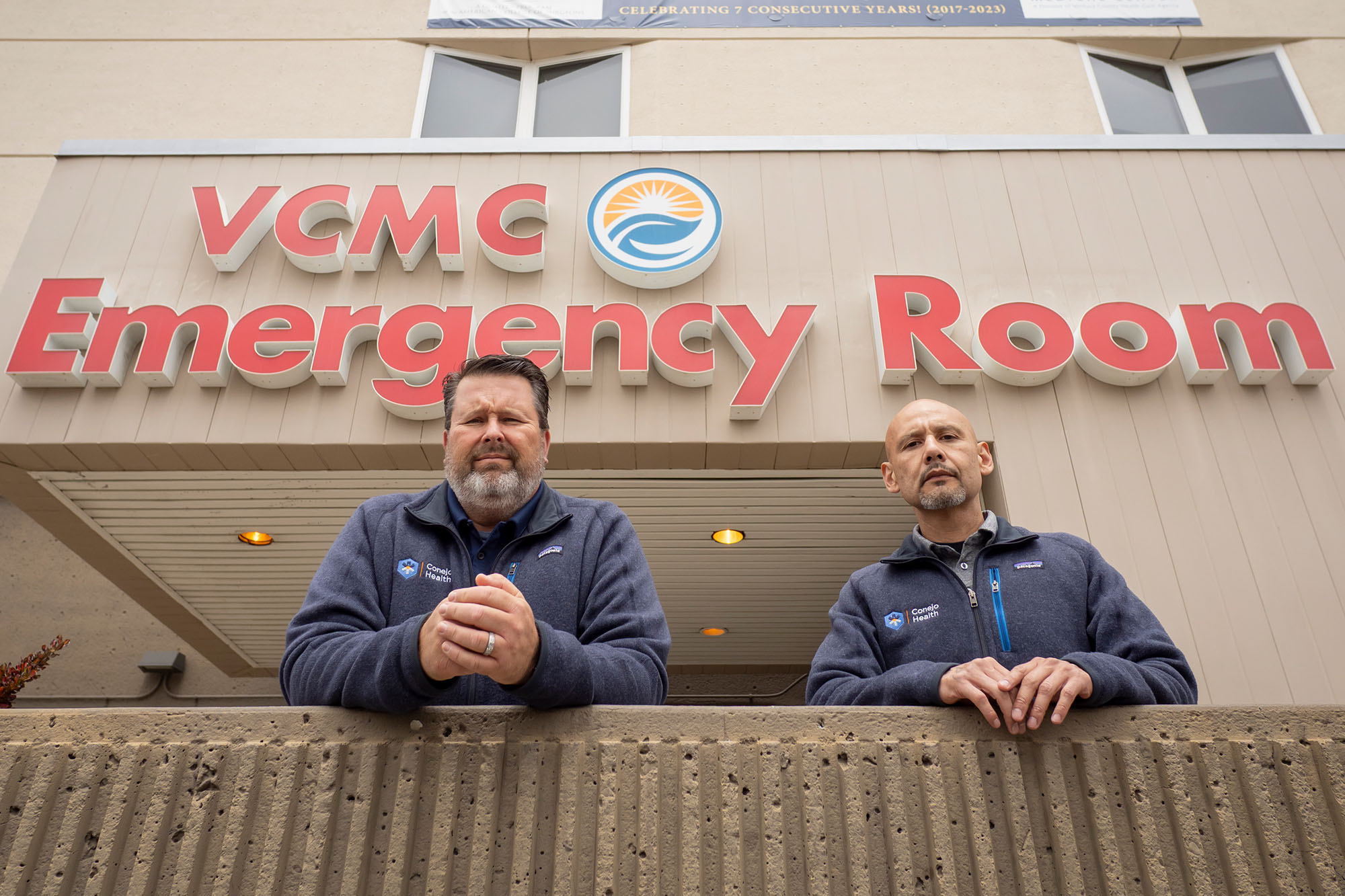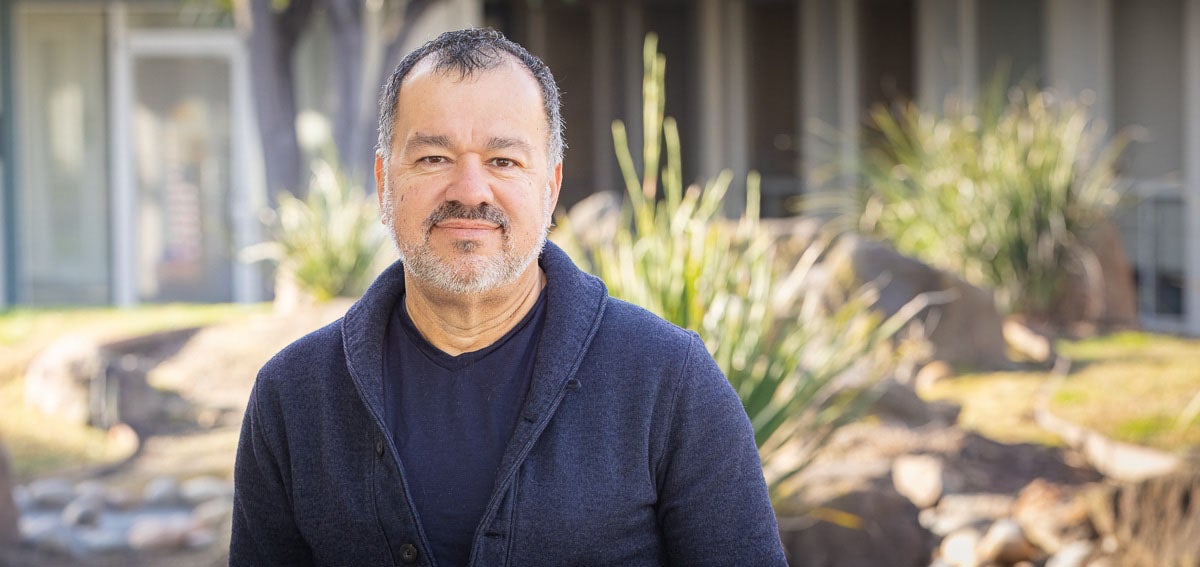|
Getting your Trinity Audio player ready…
|
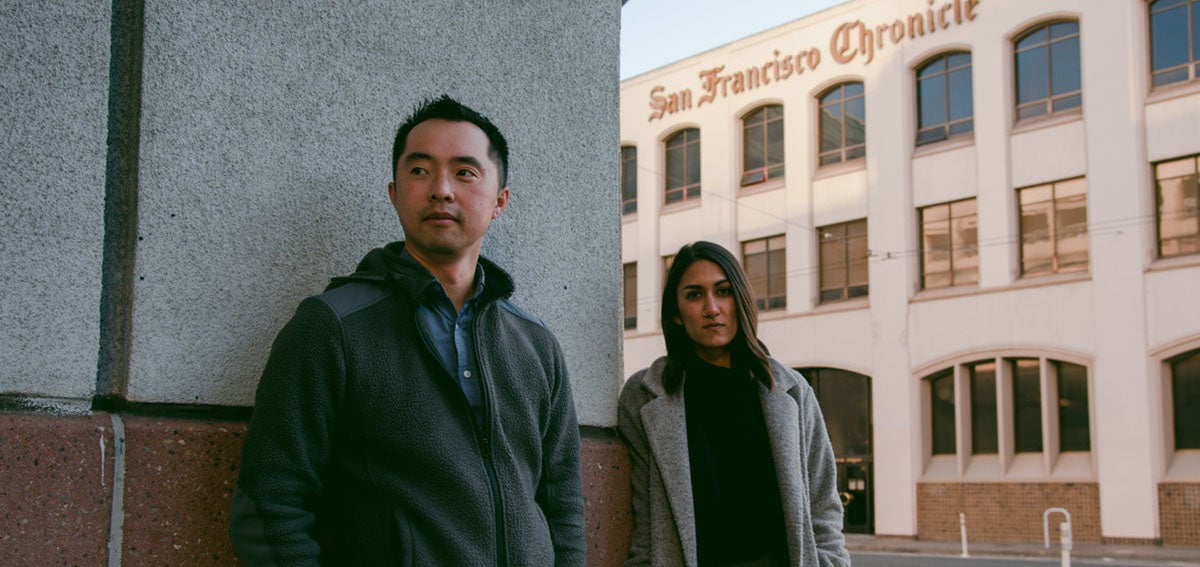
In the year following the arrival of COVID-19, more than 100,000 people died of a drug overdose in the US. In San Francisco in 2020 and 2021, a total of 1,300 people died of a drug overdose — twice the number who died of COVID-19. A common culprit was the illicit drug fentanyl. To help readers better understand the ongoing crisis, the San Francisco Chronicle committed a large team of reporters, editors, and photojournalists to follow people over the course of a year to put a human face on this crisis. The result was a multimedia package of stories, videos, graphics, and photos published on February 3, 2021, as “A Disaster in Plain Sight.”
I recently spoke with reporter Trisha Thadani and photojournalist Stephen Lam to learn how they approached this challenging project. One of the people they followed was Anthony Alexander, 42, who lives in an 80-square-foot room in the Mission District and is addicted to fentanyl. Our conversation has been lightly edited for length and clarity.
Q: This project reflects a significant commitment from the Chronicle. You interviewed more than three dozen people, including several regular fentanyl users, and you spent a year doing it. Why did you decide to invest this much time?
Thadani: Instead of writing another one-off story, I really wanted to bring readers into the lives of people who are impacted by addiction. Then I serendipitously met Anthony and started developing a relationship with him. We brought Stephen in, and it went from there. When we started this in February 2021, I thought it was going to take a month or two.
Lam: It took time to build trust. Anthony was very open when I first met him. But I still took my time just to meet up here and there. Maybe a few months in, I was finally able to visit him in his room. As the project went deeper, there were times I spent half a day sitting in his room without a camera, just watching and hanging out with him when he was playing video games.
Thadani: If it wasn’t for Stephen’s persistence, we would not have had as deeply reported of a story as we did, especially with the visuals. The amount of time he spent with Anthony was crazy. They watched almost an entire season of Squid Game on Netflix together — and there were no photos taken during that. That was just time spent to keep this relationship going.
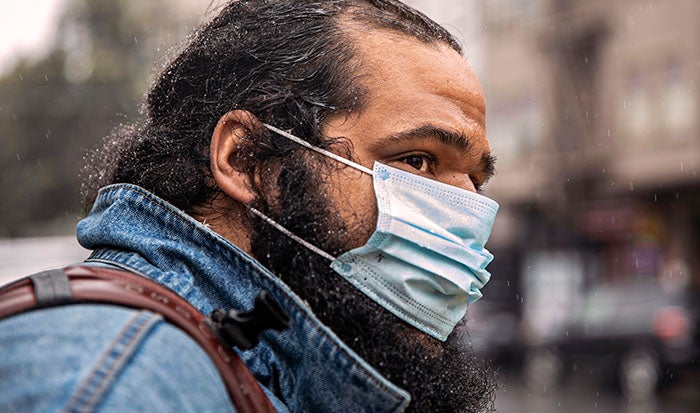
Q: What were your editors’ reactions when they saw you developing these relationships?
Thadani: I think they saw the potential very quickly. Getting this access with people who are reliable is unique. My editor asked me to explore the idea of what it takes to overcome a fentanyl addiction. We got Anthony and another man in a unique pre-contemplative space where they were saying out loud, “Maybe I want to make a change.” We knew that if we spent more time with them, we might be able to capture them going through the ups and downs of trying to overcome addiction. And that’s exactly what ended up happening. One day Anthony came to us and said, “I’m going to go to the drop-in health center tomorrow.” And I said, “Oh my God — we’ll come with you. That’s so exciting.” The next day, he got there and asked for detox. The nurse said, “There are no beds today. There is nothing available.” And then he walked out. To see him get turned away was really infuriating.
Lam: It was heartbreaking. We went in to the center. It was very quick — and Anthony came out and quickly walked two blocks to the Tenderloin District. We walked along, and he told us to wait for a second, and he disappeared and then came back with some fentanyl and started smoking right in front of us. Everything happened so quickly. I couldn’t believe it. He finished smoking his fentanyl and hopped onto the bus and went back home.
Q: Your project made clear how helpful it would be if the real-world system reflected the interconnectedness of job training, stable housing, addiction treatment, and physical health care — and that these kinds of services are currently not connected in this way.
Thadani: It was just a glimpse into how deeply disjointed the system is. There was no one to even sit down and talk to Anthony about what the options were. We thought it was going to be the story of recovery and a guy overcoming these odds. Unfortunately, it ended up being another story about how things could have lined up for him if the system worked. He is a perfect candidate for recovery who knows he wants to make a change in his life. He is ready for it but instead was met with all these barriers. I saw it as the stark realities of addiction colliding with a system in San Francisco that is full of cracks. The crux of the problem is that the system is fragmented. With addiction, you really need to catch someone in that exact moment where their brain chemistry is aligning. They are feeling good that day. They decide they want to get help.
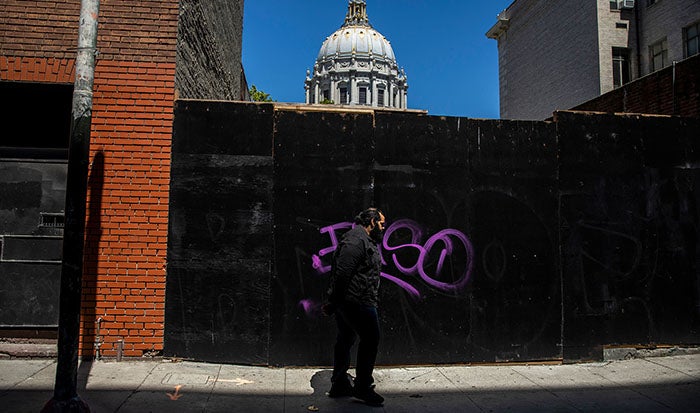
Q: What surprised you the most?
Thadani: I was surprised by Anthony’s resolve and how much he wanted to stop using drugs. I think he is just the most remarkable person because he would always be taking these steps. I’d come in and be like, “It’s not supposed to be this way. You deserve better housing, and you shouldn’t have to live like this.” He was not angry. He was resigned to it. I think he didn’t even think he deserved better, which is not true. He does. He deserves so much better than he has.
When he attempted to quit, you would see his demeanor change a little bit. And it would usually be around the fifth day that he would relapse again, because he couldn’t handle it. As strong-willed as he was, he was no match for this drug. It’s very hard to stop using on your own, without help. I hope readers took away from this that it is not easy and a lot of people with addictions are trying.
Q: What reaction have you gotten from San Francisco policymakers?
Thadani: Catherine Stefani, a member of the San Francisco Board of Supervisors, brought up the article at a hearing on the city’s response to overdoses and in other public meetings. Another supervisor — Hillary Ronen — told me the story was a glaring example of how the system is not working because it’s not tailored to the realities of addiction. Lots of people can figure out how to navigate the system if they have the resources, the money, the time, and the mind space to do it. But this system is not tailored for the people with addiction it is meant to serve.
Q: I couldn’t help but wonder how Anthony felt about your following him so closely. Was Anthony comfortable being scrutinized by journalists for an entire year?
Thadani: There was part of him that was proud to be part of this piece. But we never took that for granted. We would check in with him a lot. I’d say, “We know this is weird. We are just hanging out with you and peppering you with questions for hours at a time. If we ever cross any line or if you just don’t want to be part of this anymore, just let us know and we’ll back off.” And he always said, “No. I like talking to you guys.” And I think for him, I guess we were just people who listened, which he hadn’t really had before.
Q: Stephen, the photos with this story are so compelling. What did you want the reader to learn from your images?
Lam: We were very intentional about how much we showed him smoking and at what points, because, again, the whole point of the story is that he is so much more than that. We were very conscious of reflecting that in how we portrayed him.
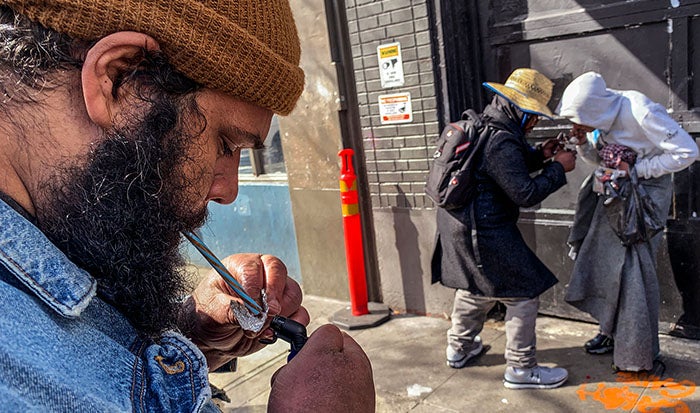
Thadani: This was a good example of what can happen when a paper has resources to throw at a big story that journalists really believe in. There were something like 20 people who contributed to this effort — but that may be an undercount. This was a lift for the entire newsroom. The amount of time and resources and people and meetings it took was huge. I’m really thankful that it was a really big group of people working on this who were very diverse in background and age. That was a huge asset, There was space for people to give their opinions, and that made it a more empathetic piece.
There were times when I thought, “I don’t want to do this anymore. I want to quit. I give up.” But I’m thankful that we kept being pushed to make it better, to spend more time. It was difficult but definitely worth it. It made me very proud to be part of this place.
As the local paper, we are on the ground every single day covering the addiction crisis in San Francisco. Chronicle journalists have kept a consistent spotlight on this issue for a few years by following city meetings, filing public records requests, walking around the Tenderloin, and interviewing elected officials. I firmly believe that our constant coverage of the issue has brought more attention and action from City Hall. Without strong local papers, communities lose that important voice. It’s a good reason to subscribe to local news.
Authors & Contributors
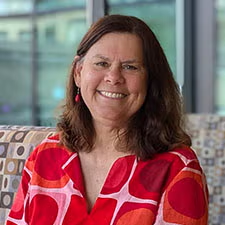

Marissa Leshnov
Marissa Leshnov is a self-taught portrait and documentary photographer based in Oakland, California. She often focuses on disproportionate impacts on people caused by America’s political and cultural systems, as well as the people working to bridge the gaps of inequality. Marissa contributed work to a Marshall Project article on the life-altering impact of police dog bites — an investigative story that received the 2021 Pulitzer Prize for National Reporting. She was one of 10 photographers named by Atlanta Celebrates Photography’s 2020 Ones to Watch list. Marissa frequently contributes to the New York Times, the Wall Street Journal, The Guardian, and the San Francisco Chronicle.

